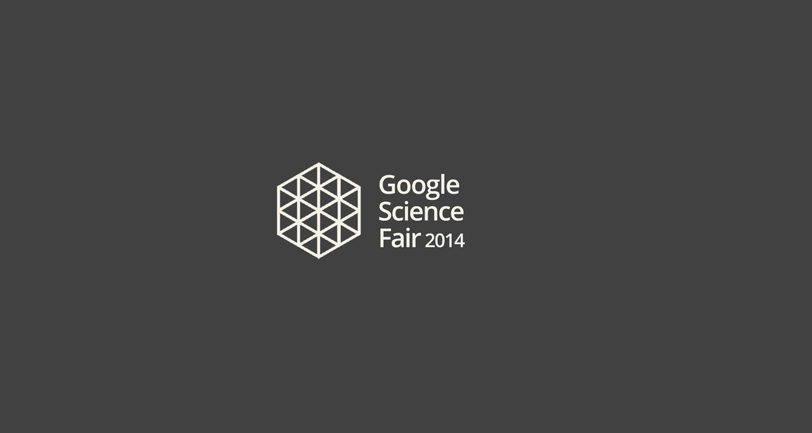Indian teen, and Asia’s only finalist in Google’s ongoing Science Fair, Arsh Shah Dilbagi has developed a unique AAC (Augmentative and Alternative Communication) device, which lets people with developmental disabilities, talk through their breath.
In order to understand what Arsh has developed, you first need to understand what an AAC is. AAC, the acronym for Augmentative and Alternative Communication, are devices which help people with developmental disabilities, like the LIS and ALS, communicate throgh other alternative means. One such device is used by famous Physicist Stephen Hawking.
The device, developed by Arsh, costs almost a 100 times less than that used by Hawking, and has been been working efficiently, as far as recent tests go. The device, costs a mere Rs.5,000 ($80) and helps people use their breath as Morse code for communicating. The price and technology used, are device’s USP. The pricing clearly reflects India’s affordable, yet innovative technology. The device has been named TALK.
TALK expects a person to be able to give two distinguishable exhales (by varying intensity/time) for converting into electrical signals using MEMS Microphone. The signals are processed by a microprocessor and labeled as ‘Dots’ – for short exhales and ‘Dashes’ – for longer exhales. These are further interpreted as Morse Code, converted to words/sentences and sent to another microprocessor for synthesising. Talk features two modes – one to communicate in English and other to give specific commands/phrases, and 9 different voices.
Asked as to why develop an AAC device, when advanced devices are already present, Arsh says,
Current AAC Devices cost thousands of dollars and are slow, bulky and not generic. I decided to find a better solution – An AAC device which is affordable, faster, portable and generic.
Google’s Science Fair 2014 is undergoing, and various finalists have been displayed on its home page. You can vote for Arsh, by clicking here.
The Tech Portal is published by Blue Box Media Private Limited. Our investors have no influence over our reporting. Read our full Ownership and Funding Disclosure →







